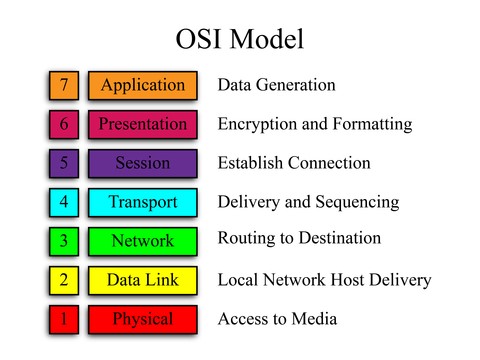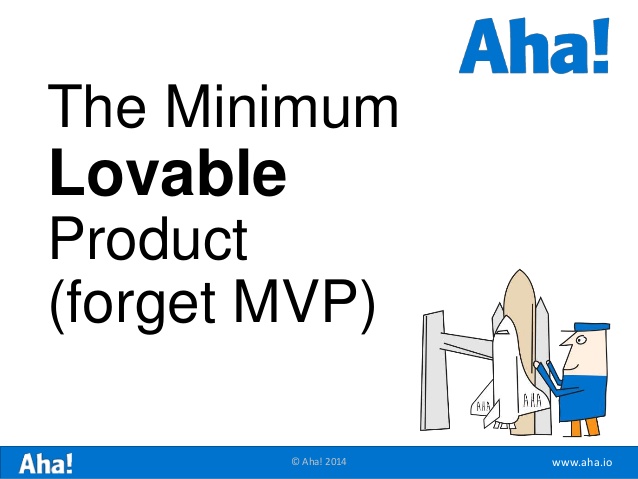 One of the nice things about the Internet Age being relatively new is that many of its earliest pioneers are not only still around, but still doing interesting new work. Among these titans, few loom as large as Bob Metcalfe. Inventor of Ethernet. Coiner of Metcalfe’s Law. Founder of 3com.
One of the nice things about the Internet Age being relatively new is that many of its earliest pioneers are not only still around, but still doing interesting new work. Among these titans, few loom as large as Bob Metcalfe. Inventor of Ethernet. Coiner of Metcalfe’s Law. Founder of 3com.
Bob was there in the early days at PARC, and today you can find him at University of Texas promoting entrepreneurship and startups, and keeping his eyes open for the next big thing.
When considering keynote speakers for Gigaom Change, an event about the present disruption of business through new technology such as AI and robots, I wanted to find someone who had seen a new technology arrive at the very beginning and then ushered it through to commercial success, and finally helped to make it impact the entire world.
I had a short list of candidates and Bob was at the top. Luckily, he said yes.
I caught up with him Monday, April 25, and all but ambushed him with a series of questions about the kinds of changes he expects technology to bring about next.
Byron Reese: So I’ll ask you the question that Alan Turing posed way back: “Can a machine think?”
Bob Metcalfe: Yes, I mean, if human beings can think then machines can think.
And so, you believe we’ll develop an AI.
Yes, absolutely. The brain consists of these little machines, and eventually we’ll be able to build little machines and then they’ll be able to think.
Do you have an opinion on what consciousness is?
It has something to do with attention. That is, focusing the activities of the thinking machine; focusing them in on a certain set of inputs, and that’s sort of what consciousness is.
Do you think we’ll make conscious machines?
Yes. An interesting case of consciousness is when the selected inputs, that is the ones selected for attention are internal, that is self-consciousness—being able to look down on our own thoughts, which also seems to be possible with some version of a neural net.
Would a conscious machine have inalienable rights?
Whoa! Do human beings have inalienable rights, I’m not sure.
We claim we have a right to life and it’s generally regarded there are things called universal human rights.
That’s a conflict of interest because we’re declaring that we have our own rights. Actually, it worries me a little how in modern day life, the list of things that are ‘rights’ are getting longer and longer.
Why does that worry you?
It just seems to be more a conflict of interest. Sort of a failure to recognize that we live in a reality that requires effort and responsibility, and ‘rights’ somehow is a short-cut, as in we have a ‘right’ to stuff as opposed to having to work for it.
Do you believe that robots and AI will be able to do all the jobs that humans can do?
I think so, I think that’s inevitably the case. The big issue as you well know is whether it’s man-versus-the-machine or man-and-the-machine, and I tend to come down on the ‘man-and-the-machine’ side of things that is, humans will be enhanced by their robots not replaced by their robots.
So, some kind of human-machine synthesis like augmented memory and all of those sorts of things.
Well, we have that already. I have the entire Google world at my disposal, and it’s now part of my habit when something comes up that can’t be remembered, I quickly take out my iPhone and I know what it is within a minute. You know, like, ‘Who was Attila the Hun,’ that came up the other day, and they can read the entire life of Attila the Hun within a minute. Although the interface between Google and my thought process is awkward between typing and reading. I can imagine eventually that we’ll have Google inserted in our head more efficiently. And then it won’t take 10 years to learn French, it’ll take just a few minutes to learn French because you’ll just ‘plug it in’.
What do you think people will do in the future if machines and AI’s are doing all the things that have to be done.
I don’t know. I guess, you know, a hundred years ago everybody knew how to milk cows—well, 40 percent of the population knew how to milk a cow. And now, you know, the percentage of people who know how to milk a cow is pretty small and there are robots doing it. And somehow all of those people managed to get employed in something else, and now they’re UX/UI engineers, or they’re bloggers or they’re data scientists. Somehow all those people stopped milking cows and they started doing something at a higher-level in Maslow’s hierarchy.
There’s two potential problems with that though. One is if the disruption comes too quickly to be absorbed without social instability. Or, the second problem is in the past we always found things to do because there were things we could do better than machines could do. But, what if there’s nothing we can do better than a machine can do? Or are there things only people can do.
You’ve wandered out of my area of expertise. Although, on the ‘happened too quickly’ front, as we’re seeing in Austin this week, the status quo can slow things down like the Uber-Lyft slow-down initiative here in Austin. We like taxis here in Austin rather than Uber and Lift apparently because they’re safer.
What are you working on? Enough about the big issues, how do you spend your days?
I spend my days on the big issues, and the big issue is innovation as a driver of freedom and prosperity; and the tool of innovation that I’ve settled on perfecting and promoting and professing is startups. Startups as vehicles—as innovation vehicles—and mostly coming out of research universities. So most of what I do is focused on that view of the world.
Why did you choose startups as the mechanism of innovation?
Because startups, in my experience, have been the most effective way to innovate. Everyone loves innovation as long as they’re not being innovated upon, and then as soon as they’re innovated upon they become the status quo, which is resourceful and nasty and mean. And, so the most effective tools in my experience against the status quo have been these startups, which at their core are champions of innovation. I got the word champion from Bob Langer at MIT; he believes these new technologies need champions, which is why he likes startups. A startup is a place where champions go and gather resources, coordinate their efforts and scale up. So, I guess it’s their effectiveness in having real impact with innovations that causes me to admire and profess startups.
It’s interesting though that as much as what you call the status quo can slow down innovation, nothing can really ever be stopped can it? I mean, big whale oil didn’t stop kerosene and big kerosene didn’t stop electricity.
The rate of advance can be slowed. The internet is old now, it started running in ’69. Just think how many years have passed, 50 years, to get where we are today. Is that fast or slow, by the way?
I would say that’s very fast. We’ve had recorded history, and by that I mean writing, for 5000 years. We have only therefore had the Internet for 1% of recorded history. Are you overall optimistic about the future that all these new technologies and startups are going to usher in? Do you think it’s going to be a better future, or not?
I’m a better-future believer, an optimist, and enthusiast. I think cynics are often right but they never get anything done. Just as a matter of choice, without assessment, I choose to be optimistic.
Last question: Aren’t startups fundamentally irrational in the sense that the likelihoods of success are so small and the risk so high that one has to be somewhat self-deluded to undertake one? I ask this, of course, as someone who has done several.
Maybe that circles us back to your big question before, maybe that’s what makes us humans, is that we need to delude ourselves to thereby make progress. Maybe robots won’t do startups because they’re too rational.





